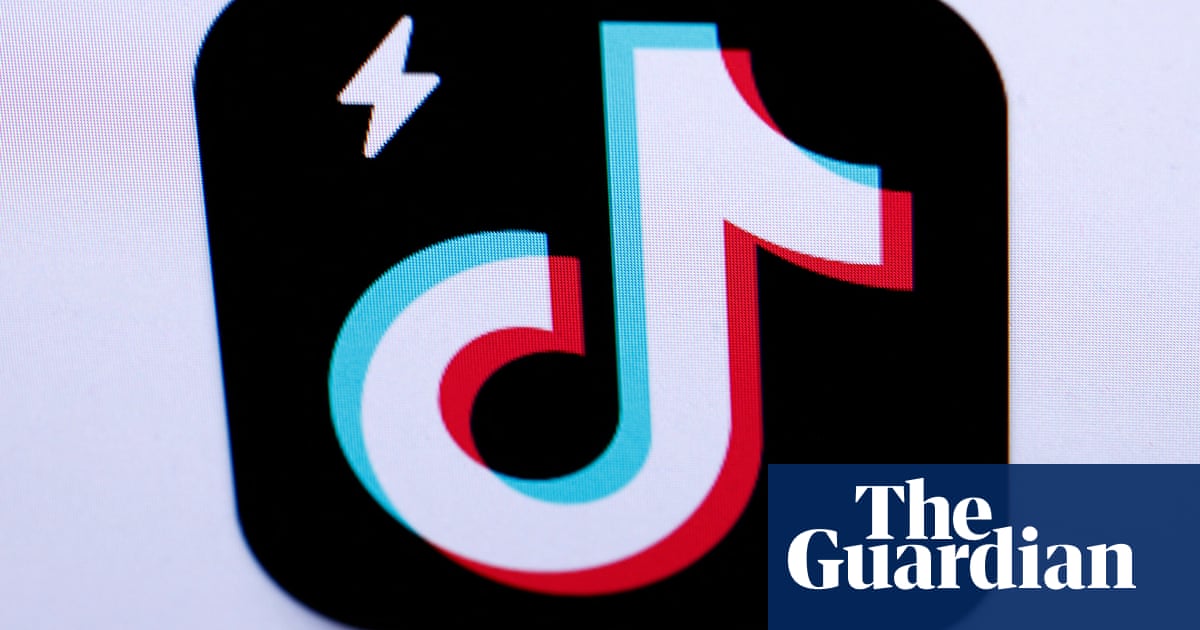
Olympic hauls were once the preserve of triumphant athletes showing off their medals, but now every Olympian is getting in on the act by posting videos of themselves unboxing their sponsored kit.
Haul videos – a social media staple in which someone usually shows off their recent purchases – have been popping up online with athletes who are preparing to take to track and field, pitches and courts taking to TikTok instead.
Millions of people have been tuning in to see the gear that will be worn in the French capital this summer.
In one, the 400m specialist Alica Schmidt models the Adidas skirts and quarter-zip sweatshirts of her team, Germany; in another the Australian hurdler Tayleb Willis revels in his yellow and green Asics kit to a soundtrack of Mr Pot Scraper by BossMan Dlow.
The excitement of the athletes – and the number of people tuning in to watch – speaks to the style credentials of some of the on- and off-duty kits this games, with Paris 2024 being called “fashion’s biggest Olympics ever”, not least because it is sponsored by the world’s largest fashion conglomerate, LVMH. The best and worst kits have already been given a lot of airtime online, with the exquisitely embroidered uniforms of the Mongolian team, the work of the Ulaanbaatar-based couture brand Michel and Amazonka, widely judged to be the winners.
Haul videos aren’t the only content being shared pre-Games. Olympians have been posting vlogs of their journeys to the Olympic Village from all over the world. The Team USA tennis player Coco Gauff shared a shot of not bad-looking plane food before settling down to a nap.
Inside the village, room tours have lifted the curtain on accommodation. Members of the Danish handball team revealed they have decorated their bare white walls with pictures of themselves and the Danish flag. The sleeping arrangements have been of particular interest, with Tom Daley sharing a video of the cardboard beds, complete with Paris 2024 duvets, while Naomi Osaka gave her bed a quick test, providing viewers with a behind-the-scenes look few will ever see for themselves, sometimes dirty laundry and all.
The content can also be heartwarming. “Being among all the different cultures is the best,” says the Australian water polo player Tilly Kearns in one of her videos in which you can hear the singing of another team in the next building over – she suspects from the Oceania countries. “The Olympics side of TikTok has me tearing up,” wrote one commenter. “Absolutely living for the OlympicVillage perspectives 😩🔥🖤,” wrote another.
The Team USA rugby player Ilona Maher, was “the breakout star of Tokyo Olympics on TikTok,” according to Rollo Goldstaub, the app’s head of sports partnerships – she now has over a million followers and her content has amassed over 95m likes. “She just did incredibly well by being herself, being creative, inspiring, joyful and fun,” he added. Maher has already been creating reams of content in 2024, including videos riffing on the idea of the Olympic Village as Love Island villa. “This week, a hot new bombshell enters the villa” – reads one of Maher’s videos as she models her new Skims kit.
This Olympics could be called the first true TikTok Olympics. Launched a month after the Rio 2016 games, it was at the 2020 Tokyo Olympics, held in 2021 due to a Covid delay, that the platform got its first taste of gold. Now, it is “a real part of the sporting industry and ecosystem,” said Goldstaub. Sport is now one of the top five categories from an audience perspective on TikTok. It is, he said, “definitely thriving”.
The trend goes beyond Olympians. According to Holly Gilbertson, the managing partner of Pacer, the sport team at the leading youth cultural agency The Digital Fairy, “sport in general is having a moment of being ‘chronically online’ – everyone’s in their running era, flexing tenniscore post-Challengers, or getting lost in WoSo [Women’s Soccer] Twitter [X] goss.” She continued: “The Olympics content feels like an inevitable evolution of this general direction.”
Many participants will be hoping to capitalise on this fortnight of hyperattention. “These athletes, and particularly those in lesser-funded sports, now face explicit pressure, whether from their own federations or from sponsors they want to entice, to get out there and share their stories on social,” said Gilbertson. “Unlike a World Cup where the men or women are really well known, some of these athletes, you can walk past them on the street and not know who they are,” said Goldstaub. “The next two week period is that opportunity to propel them into stardom.”
The Olympics has truly global impact. In an increasingly fractured media environment, it is a rare case of monoculture. “You’ve got the ability to build a really large audience. To have that influence and to have that way of speaking to so many people in itself is hugely valuable,” said Goldstaub.
This attention, he says, could be commercialised in the future, “whether that’s working with their own sponsors, or working on branded content. There’ll be lots of opportunities as an athlete to then actually try to drive revenue from that audience that they’ve built.”
“From a brand point of view, it’s an amazing opportunity to reach a new, young audience directly on their terms,” said Gilbertson.
She added: “It’s worth noting that TikTok has been a massive engine behind the explosive growth of women’s sport – from participation through fandom, from the Lionesses to the Women’s National Basketball Association. The down to earth content style, behind the scenes energy and joyful relatability appeals to audiences who haven’t always seen themselves in mainstream sport culture.”
“It’s basically a perfect storm of audiences intensely hungry for sports-content and athletes primed and willing to meet that demand,” said Gilbertson. “Backstage at the Olympics is just the perfect setting.”












